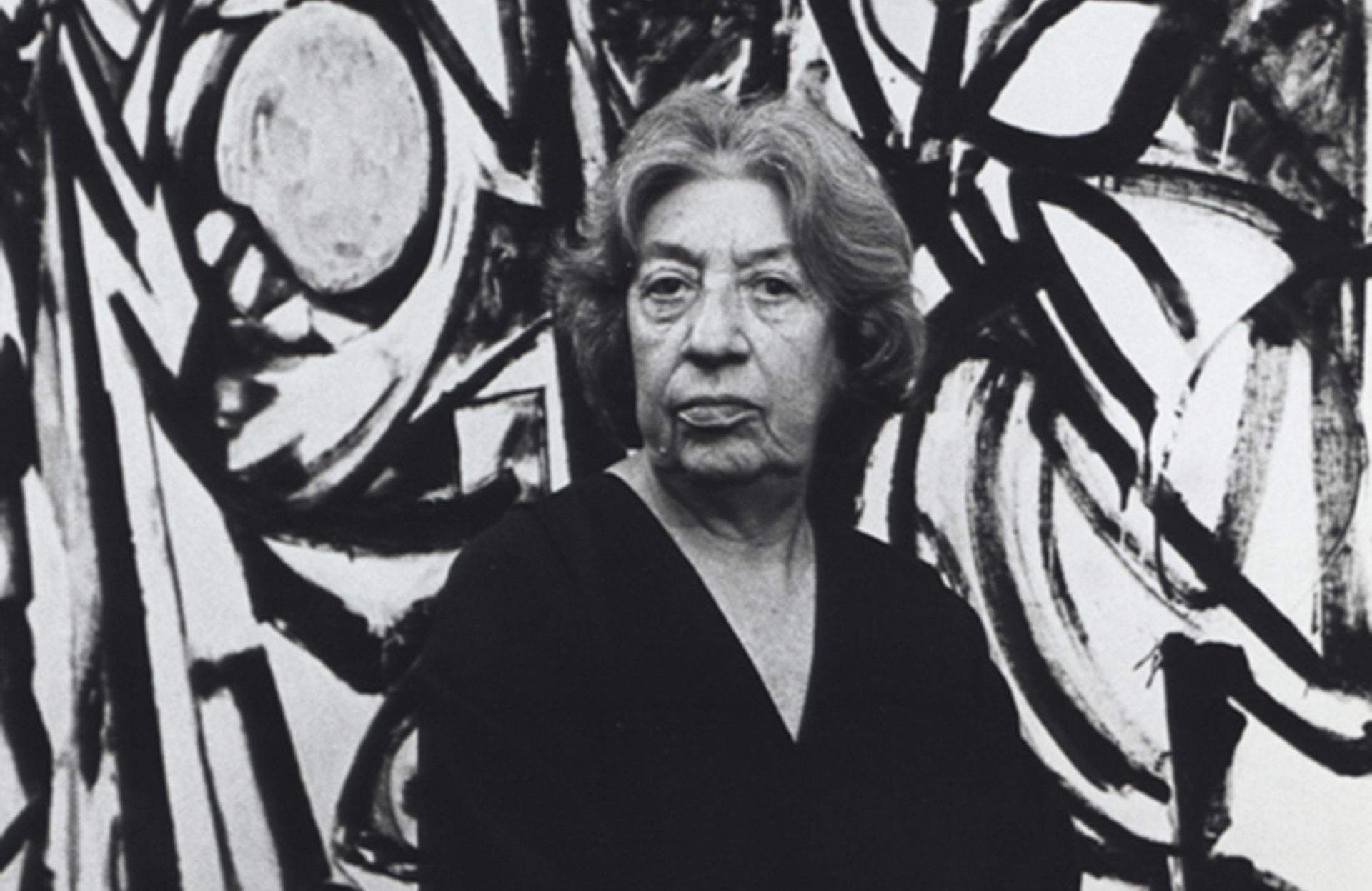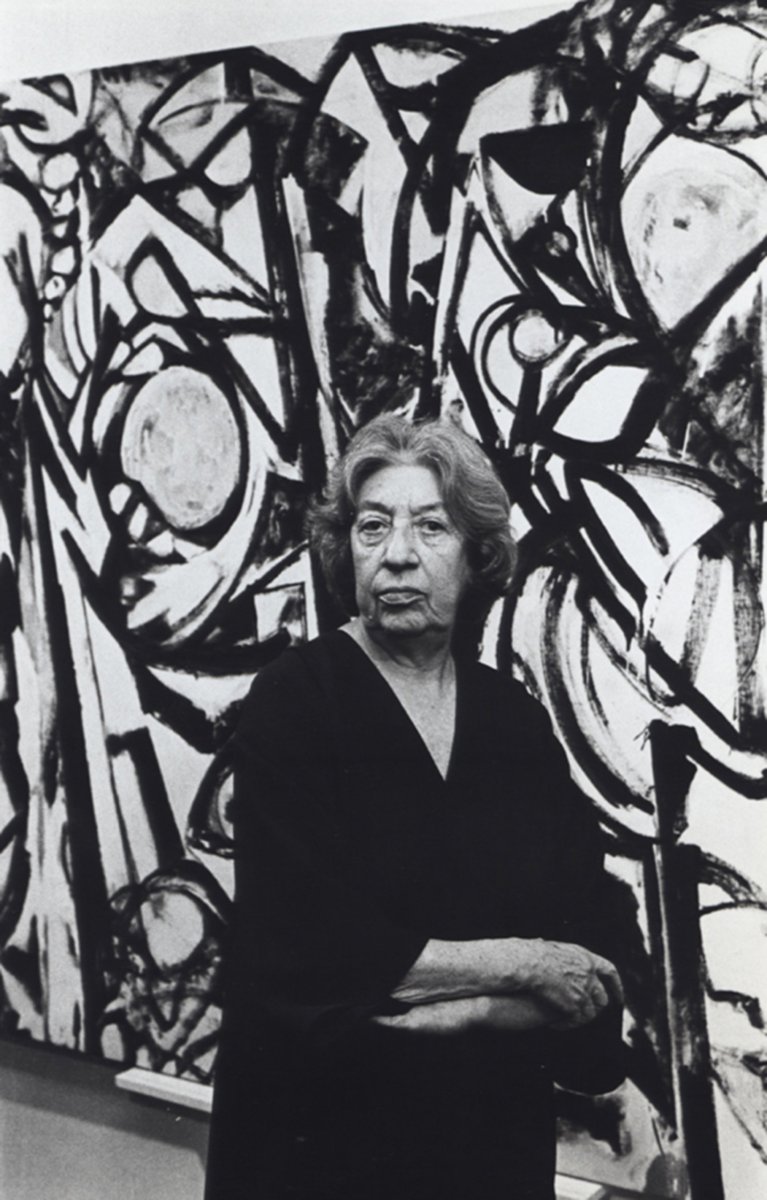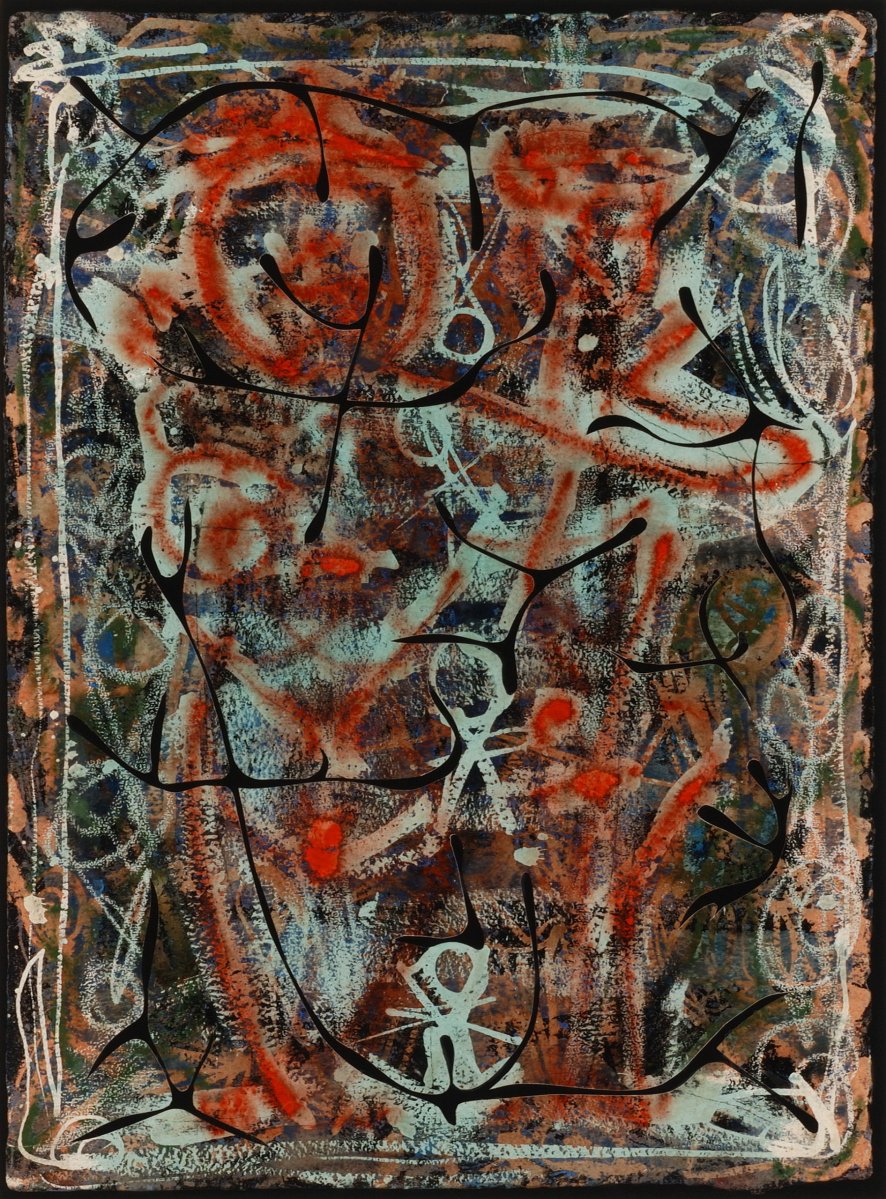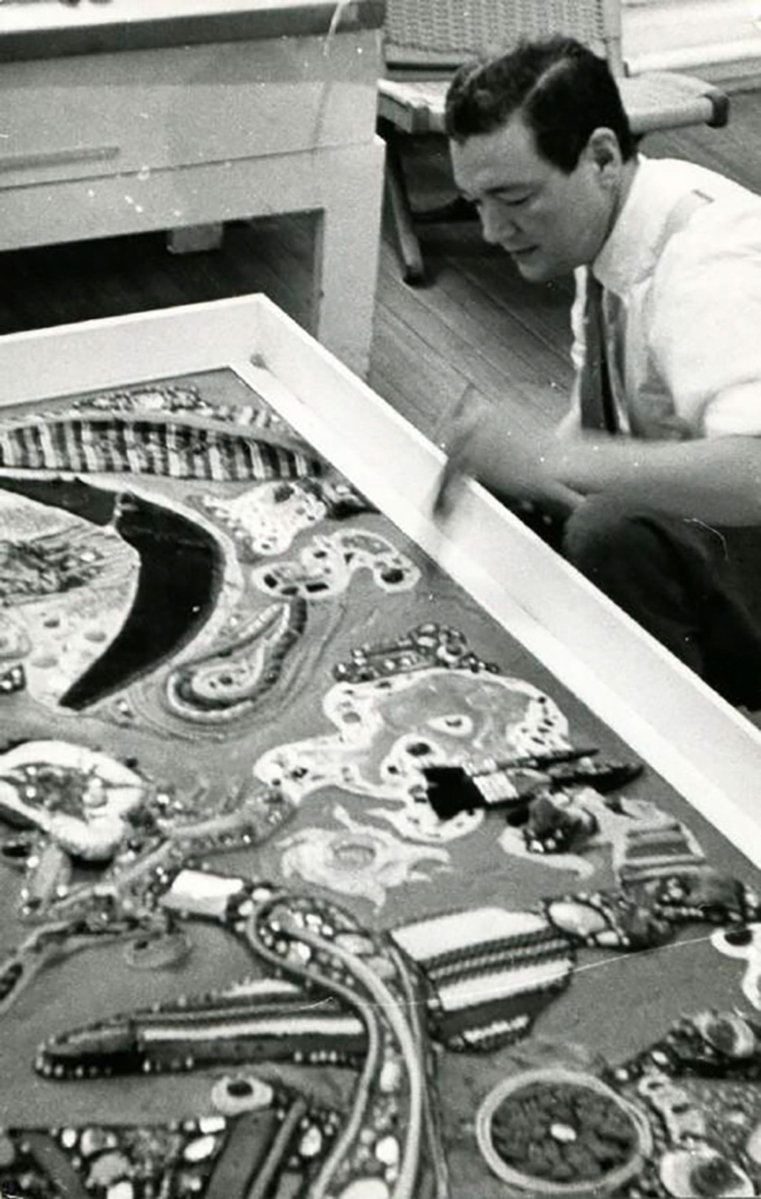McDarrah’s Shots Tell A Story

With its soaring ceilings, massive exhibition space, and hushed hallways, the Parrish Art Museum in Water Mill has proven its aptitude in bringing to the public installations that might not fit in a smaller venue (namely, all of them) on the East End. Large, awe-inspiring works grace the walls and floors and even hang from the rafters at the Parrish. It hardly seems likely that such a place would host an intimate display of famed artists in casual photographs, shot by Fred McDarrah, juxtaposed with small works by those same artists, in a cozy room where visitors can examine the pieces up close and personal.
And yet that’s exactly what the Parrish has set out to do and accomplished with its new permanent collection exhibition “Every Picture Tells A Story,” which brings to the area 27 photos by McDarrah featuring local artists — ones with names like de Kooning and Ossorio and Kline and Krasner — and works by those artists from the same time period as the photos. The duos play as duets, each bringing life to the other — the artistic works made more meaningful by the portraits of the artists and vice versa.
The exhibition officially opens on Sunday, November 11, and explores how images carry narrative meaning, with — in addition to the McDarrah work — new acquisitions of works by David Salle, Louisa Chase, and Fairfield Porter.
“We were invited by the McDarrah estate to select a body of work by this extraordinary, iconic photographer from their archives, so we essentially had our choice of images,” said Alicia Longwell, Ph.D. the Lewis B. and Dorothy Cullman Chief Curator. “I was delighted to see that many of the artists he shot had either lived or spent time on the East End and that their work was part of the Parrish collection. I immediately thought that would make a fascinating exhibition. More than a dozen additional works by the artists depicted are shown in an adjacent gallery.”
For more than 50 years, photographer McDarrah, who died in 2007, told the story of artists and writers who made New York the center of post-war culture through his images published in The Village Voice. The mostly candid photographs show artists at storied New York gathering places, at exhibition openings, and in their studios as well as well as on the East End, where McDarrah and many of his subjects lived and worked. Dating from 1959 to 1979, the images depict artists who contributed to the rich creative legacy of this area including Norman Bluhm, James Brooks, Elaine and Willem de Kooning, Roy Lichtenstein, and Robert Motherwell, all of whom are represented in the Parrish permanent collection.
“The photos reveal the extent of the relationship between McDarrah and these renowned artists throughout the decades,” Longwell continued. “He knew and spent time with so many of them and gained an intimate look into their personal, professional, and creative lives. McDarrah and his subjects went to the same gallery openings, performances, and social gatherings both in Greenwich Village and in the Hamptons, where he and his wife Gloria spent many summers. He visited the artists in their studios, capturing them often in the midst of their creative process and always surrounded by their work. In this way, McDarrah has created an incredible historic legacy of American art,” she said.
“Each year, on the anniversary of the opening of the new building in Water Mill, the Parrish has the distinct pleasure of unveiling special ‘mini-exhibitions’ drawn from the collection that introduce new acquisitions and offers new ways of seeing and experiencing artists’ visual voices,” noted Museum Director Terrie Sultan. “It is thrilling to see how these paintings, works on paper, and sculpture can come together to speak to visitors on so many levels about so many different topics.”
There is a common theme to the permanent collection and the mini-exhibitions, said Longwell. “The theme for the entire exhibition is ‘Every Picture Tells a Story,’ and that is borne out though all of the ‘mini-exhibitions.’ Fairfield Porter’s works tell the story of an artist’s creative process; David Salle’s paintings are a contemporary narrative based on the Sistine Chapel; the William Merritt Chase paintings with archival photos of Shinnecock men and women reveal the unexpected interactions between the artist and his students and the Shinnecock Nation.”
And, unlike museums in metropolitan areas, the Parrish is rarely bustling. Within its peaceful setting, visitors can take their time communing with each piece, reading the descriptions and wandering through the halls without being jostled.
“Visitors will experience images that they wouldn’t see anywhere else — international artists who lived and worked in our own backyard in their studios and with their colleagues,” said Longwell. “That in itself is compelling, but when you add the artworks they created, largely from the same period of the photos, it becomes as rich a museum experience as one could hope for.” For more information, visit www.parrishart.org.
bridget@indyeastend.com






